Snowy Animals Sensory Bin
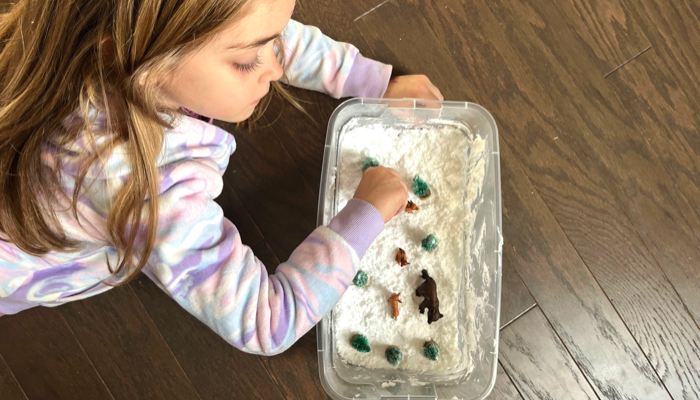
This post may contain affiliate links; please see our terms of use for details.
Sensory bins are a top pick for sensory activities for preschoolers. They are often inexpensive to make and can be tailored to match seasons or holidays. We’ve made a variety of sensory bins in our home and they’re always a hit.
With the potential for snowy days this time of year, I’ve been looking for indoor activities for toddlers that I can easily create. After creating our hanging paper snowflakes, I was thinking about all things snow. A snowy animal sensory bin was exactly what we needed to fit the theme.
During January and February, we like to talk about how animals survive in winter. There are so many fascinating facts about the way animals adapt, hibernate, or migrate. We also like to study animal tracks.
This sensory box opens the opportunity to dig deeper into the wintery world of animals. And even if you don’t discuss hibernation and animal tracks, your child will still gain valuable skills from the sensory play. With hours of independent play ahead, it’s a win for both parent and child.
You’ll only need a few items to get started on this Snowy Animals Sensory Bin.
Snowy Animals Sensory Bin: What You’ll Need
To make this bin, you’ll need a few basic items, plus my favorite DIY recipe for fake snow.
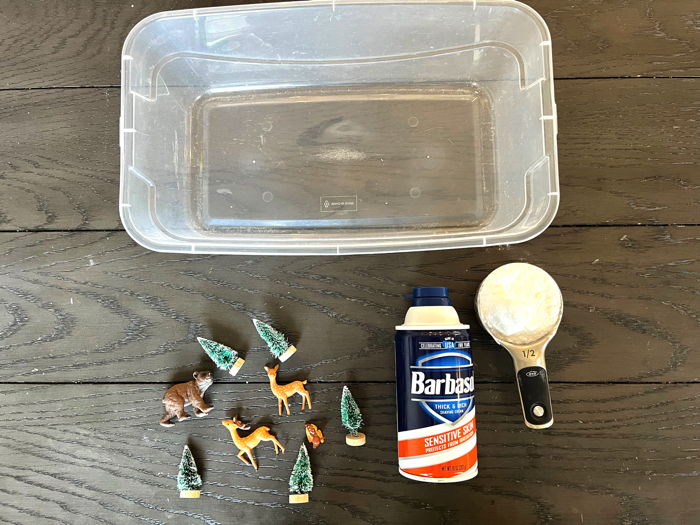
Materials:
- Fake snow (See recipe below)
- Plastic animals (We used forest animals, but any animals will work)
- Artificial trees
- Optional: Paper bowl (Paint it brown and cut a small opening to make a cave)
Artificial Snow Recipe:
To set up an activity station ready for play, you’ll want to make the snow ahead of time. This recipe only uses two ingredients. Both ingredients can be purchased at the dollar store, so there’s no need to spend a lot to make a great batch of snow.
Here’s my simple recipe for fake snow that feels just as fluffy but doesn’t freeze your hands:
Ingredients:
- 2 cups baking soda
- 2 cups shaving cream
Instructions:
- Measure out baking soda in a bowl or container
- Add in shaving cream and mix
- Add more shaving cream if the consistency is too dry
- Store in an air-tight container
Time to Play
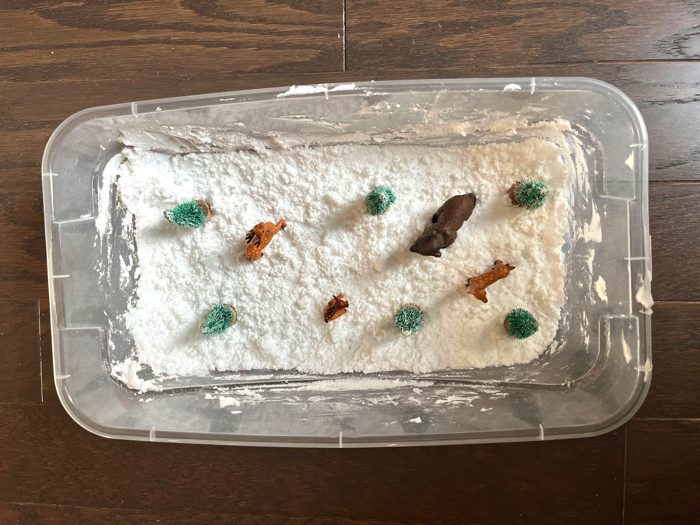
When it’s time to play, I’ve found that setting up the box with the characters and props makes it look more inviting. Little bears peeking out of caves, deer drinking from glass mirror ponds, or foxes prancing through the trees will make this sensory box irresistibly cute.
Here are a few ways to play that my kids discovered:
Forest Animals Pretend Play
My children quickly created a game of forest animals with this sensory bin. My three-year-old made the bear hibernate under the snow, while my six-year-old spent time making the deer chase each other through the forest. Their little imaginations created a story with winter animals and snow-day fun.
This is a great time to talk about what animals do during the winter. Learning about how animals hibernate or which birds fly south is a great place to start. If your child shows more interest in the topic, you could also research how some animals adapt to their environment instead.
Pretend play is part of the normal stages of play in child development. Imagination games like this one have many benefits, from social skills to critical thinking skills.
Making Animal Tracks
- Selsam, Millicent E (Author)
- English (Publication Language)
- 32 Pages – 01/01/1999 (Publication Date) – HarperCollins (Publisher)
As animals walk through the snow, they leave tracks behind them. Learning to identify animal tracks is a skill that’s not often taught in our modern world. This is a perfect opportunity for your child to experiment with animal tracks.
Using the plastic animals, have your child press the animal’s feet into the snow. Talk about what it looks like and how you can tell who was walking in the snow. Reading a book on animal tracks can extend the learning further.
Snow Shaping
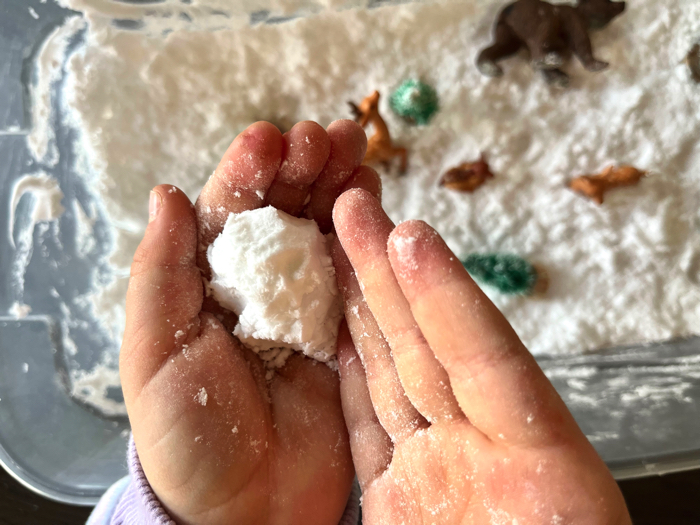
There’s fun to be had by simply playing with the fake snow. If you save the snow in an air-tight container, you can bring it out another day. Your kids will love to make shapes with the snow and build miniature snowmen.
We’ve done this in the past and my older children cut small strips of fabric for scarves. They also found tiny buttons for eyes and tiny sticks from the yard for the arms. Snow play encourages creativity and problem-solving.
What can I use if I don’t have shaving cream?
If you don’t have a can of shaving cream on hand to make the snow, there are other options. Try substituting for the same amount of body lotion or conditioner. I’ve also seen recipes that use shampoo.
What else can we add to the Snowy Animals Sensory Bin?
There are a variety of add-ins that would make this activity more fun. You can add marshmallows like in this sensory snow table. Marshmallows could be pretend snowballs, snow-covered tree stumps, or snowmen.
To make the snow sparkle, consider adding some white or silver craft glitter. You can make miniature sleds out of cardboard and add small dolls to the bin as well. Or turn the bin into a snowcone shop by adding scoops and cups.
What are the benefits of playing with sensory bins?
Sensory bins are not only fun but are also an excellent tool for developing necessary skills. Here are a few skills that are sharpened through sensory bin play:
Builds Fine Motor Skills
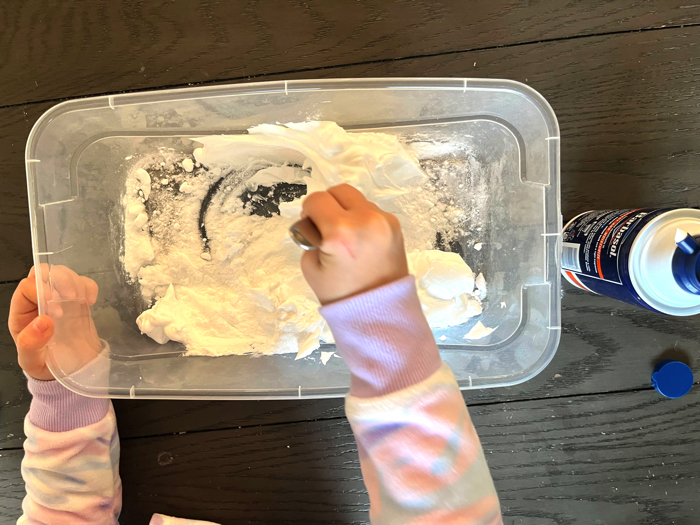
As your child grabs the animals, squeezes the snow, or pushes the animal’s feet into the snow, they’re using their fine motor skills. The more they exercise the small muscles in their hand, the stronger they’ll get. These muscles will help them write their name, tie their shoes, cut a sandwich, and more.
Including various fine motor activities for preschoolers in everyday play will give your child a headstart on fine motor development.
Provides Sensory Exploration
Your child’s senses give them information about the world around them. Being able to see, smell, touch, or hear objects expands your child’s knowledge about the world. A sensory box provides a wonderful tactile environment for busy little hands.
Strengthens Language Development
Vocabulary development in children often comes through play. As they use their imagination to develop new scenes, they’ll use new words to create complex sentences using prior knowledge. I’ll often hear my little ones repeat phrases I use when they pretend to be “mom” in a game of house.
Calms Emotions
Sometimes children get overstimulated or are just having an “off day.” Soothing activities like playing with sensory bottles, laying under weighted blankets, or playing with playdough can help calm a child’s emotions. Sensory bins are a calming activity that can help a child reset.
What other ways can I enrich this activity?
To extend the learning even further, try one of these snow-themed activities:
- Henrietta Bancroft (Author)
- English (Publication Language)
- 32 Pages – 12/01/1996 (Publication Date) – HarperCollins (Publisher)
- Read the book Animals in Winter by Henrietta Bancroft
- Make Sparkle Snowball Cookies
- Go for a nature walk to look for animal prints
- Have an indoor snowball fight or play Snowball CVC Word Toss
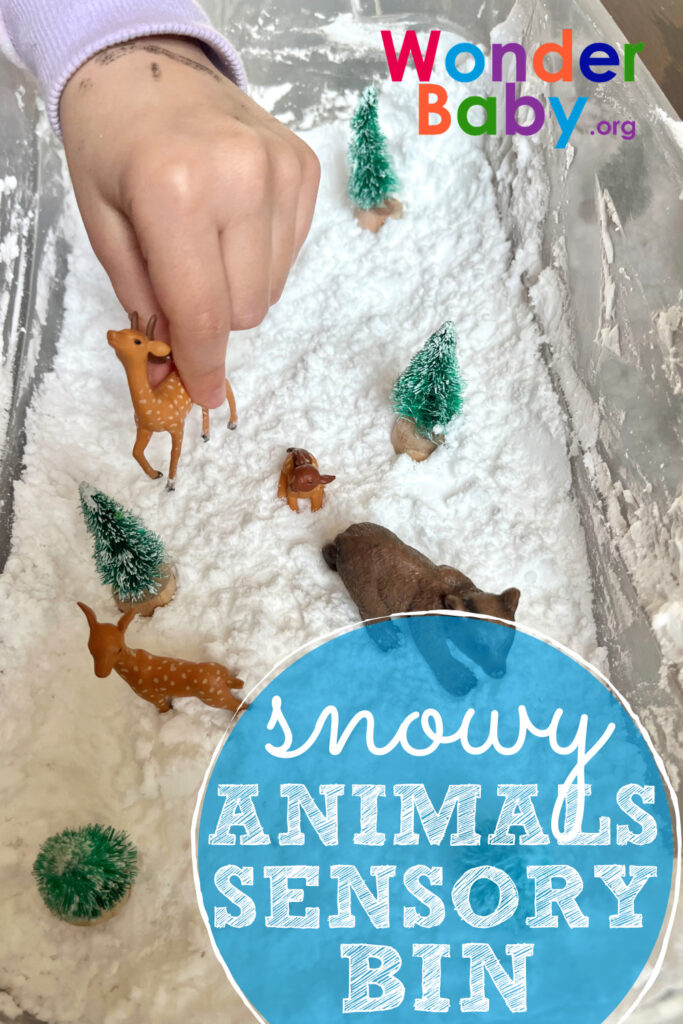
Related Posts
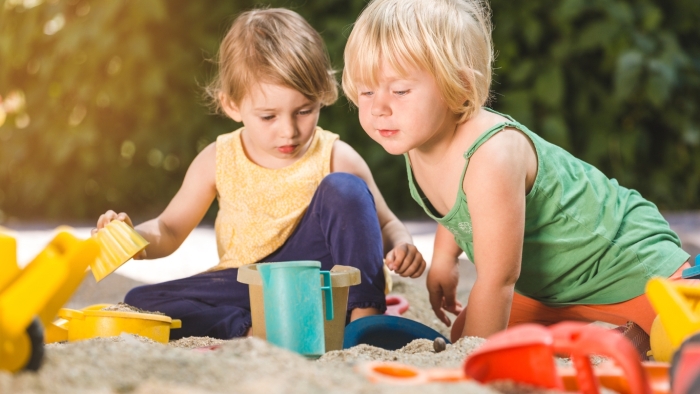
Sensory Activities
5 Sand Play Activities to Encourage Fine Motor Development
Sensory bin, at the beach, or in a sandpit? Try these sand play activities to help toddlers and preschoolers develop their fine motor skills.
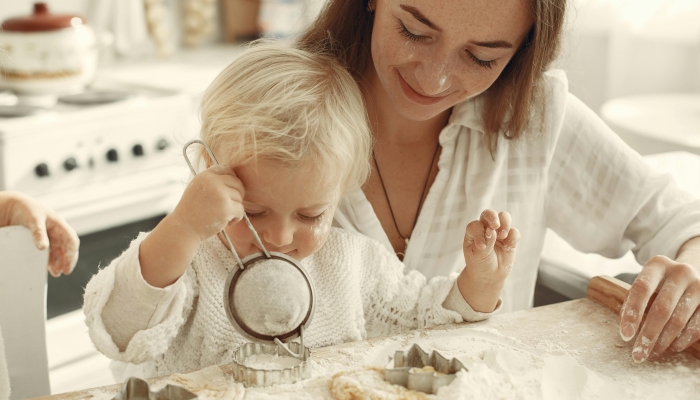
Sensory Activities
5 Edible Sensory Play Ideas
Check out our favorite edible sensory play activities to engage children's senses, boost their development, and provide hours of fun.
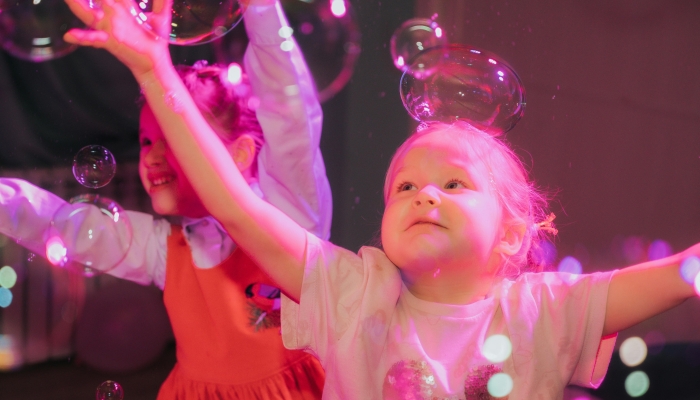
Sensory Activities
How to Make Unpoppable Bubbles
Discover the secret to making unpoppable bubbles with this easy guide. You only need three ingredients!

